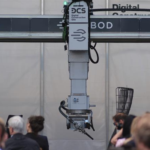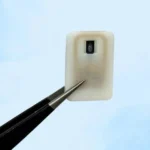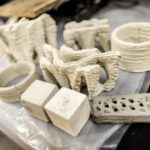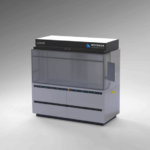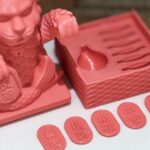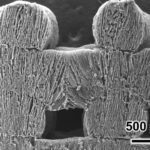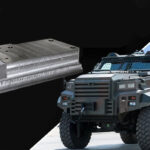To say that 3D printing will improve our lives, is to state the obvious. There is little doubt against that line of argument. What most people struggle with, however, is in understanding how it can alter the lives of people in some notable day-to-day sense. As most people have abstract ideas about how the industry will benefit society, they don’t see the immediate advantages it can provide them. This makes it difficult to explain why investing in the proliferation of 3D printing technology is a must. The purpose of this article is to illustrate one of the most tangible examples of its direct effect on our lives in the form of advancements in medicine.
Different waves of technological improvement have led to parallel advancements in the health services. Sometimes it comes from industries that no one would think of linking to health. Various breakthroughs by NASA’s space programs led to unforeseen discoveries that eventually dovetailed into the world of medical technology, most notably how the Hubble telescope led to digital imaging for breast biopsies and the invention of programmable pacemakers. Unrelated technologies can often boost progress in different industries.
1) Bone Tissue Engineering
Similarly, 3D printing allows for the deft mechanical precision to shape malleable materials into shapes previously impossible to create via artisanal or factory-molded means. Researchers in regenerative medicine are hypothesizing advances in Bone Tissue Engineering. 3D printing can allow for intense detail in the reproduction of bone tissue with intense attention to detail. Perhaps future models could recreate bone marrow, which is a life-threatening organ to extract from the body.
2) Heart Valve Production
Heart disease is a leading cause of death among men in most developed nations. One of the core issues with hearts in general, is how they can be very different and have complex valves and chambers. 3D printing allows the fast-scale production of heart valves that can be tailored to the exact needs of the patient. Without 3D printing, this would require complex handmade folds that could take weeks to create. But thanks to hydro-gel materials, the production of crucial, life-saving heart valves has been made significantly quicker.
3) Ear Reconstruction
Reconstructing a human ear is made complex by all the various types of tissue that are required. Certain areas require more fat and others require cartilage. Scientists at a university in Korea developed a revolutionary new method by which they can fabricate composite tissue. What makes this particularly amazing is that it mimics cell growth and reproduction meaning that the ear will function just like a biological, growing part of the body and not just a prosthetic attachment.
4) 3D Printing of Bacteria Cultures for Advanced Studies in Virology
This one gets complicated, so stay with me, because it is worth the effort. 3D printing can be used to recreate the exact culture samples in which bacteria thrive to give us an understanding of how certain virus strains and bacterial infections operate. By recreating a lung or oral cavity, researchers can isolate and examine the spread of viruses for advanced detection and prevention methods to be established. The use of these cultures can not only help prevent current strains but also identify breeding patterns and enable testing for future strains that could occur.



